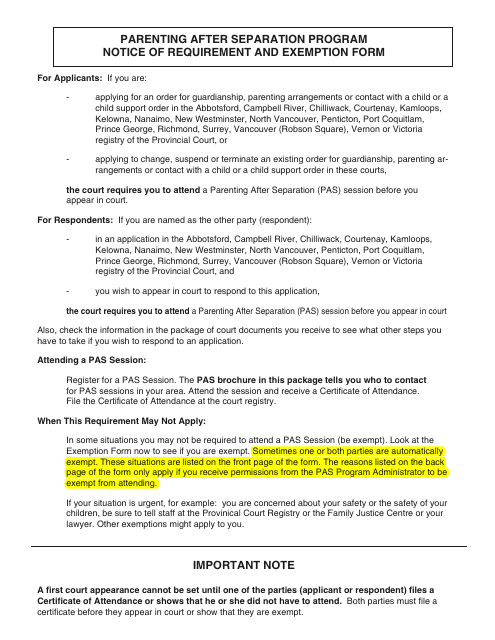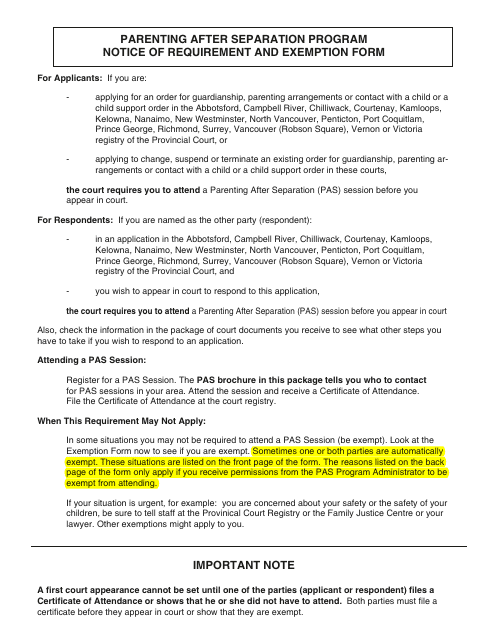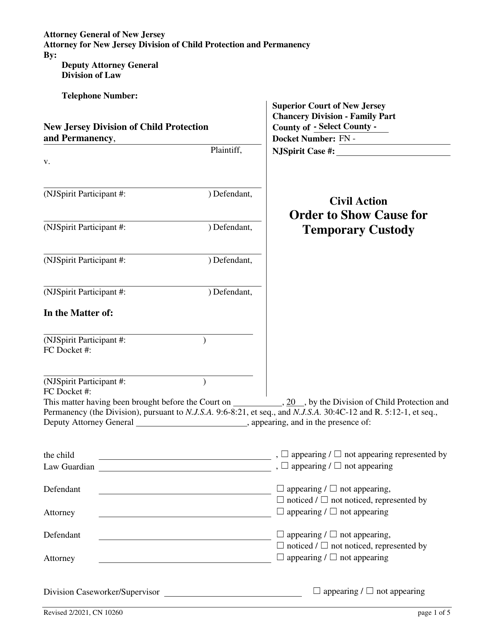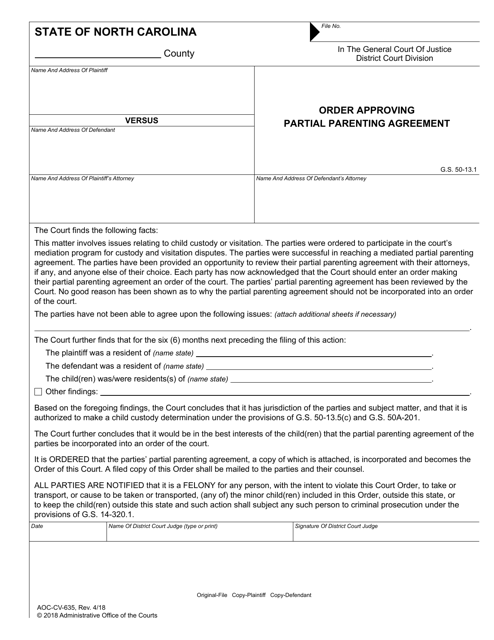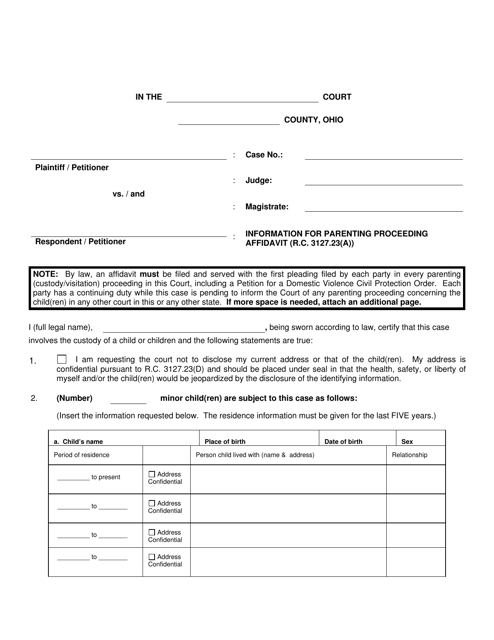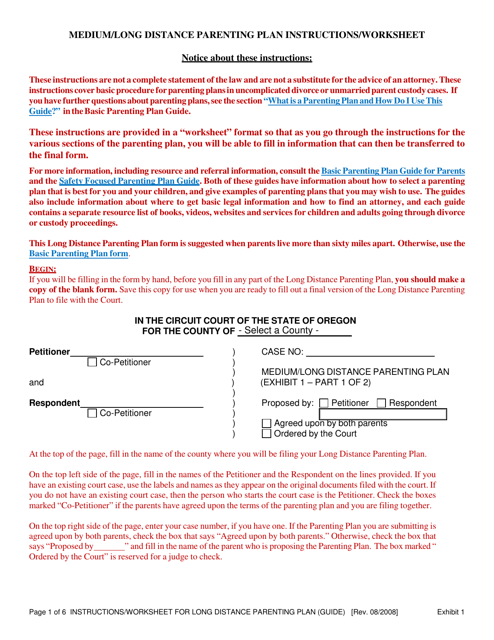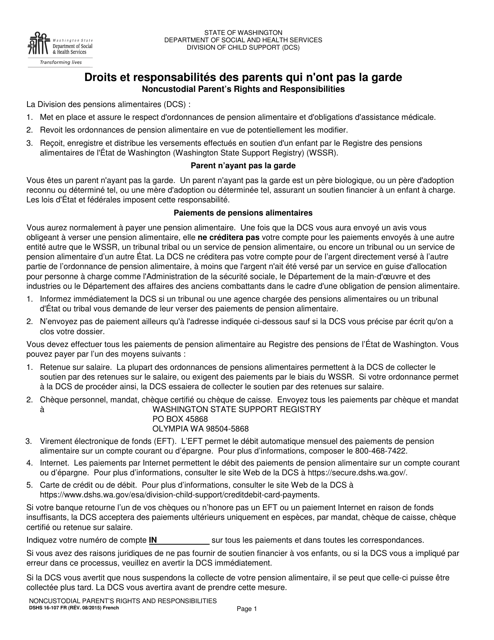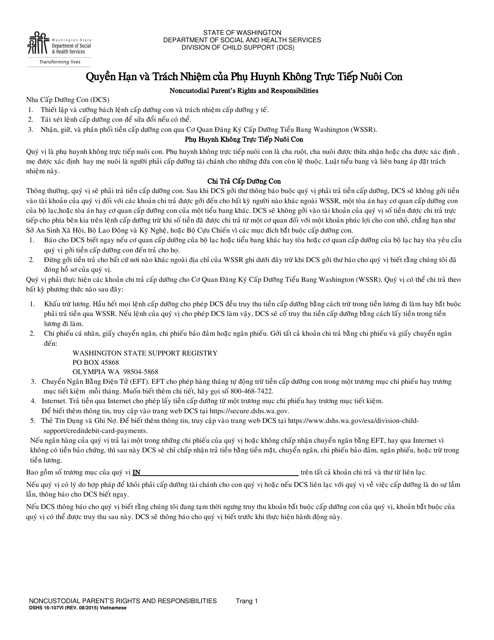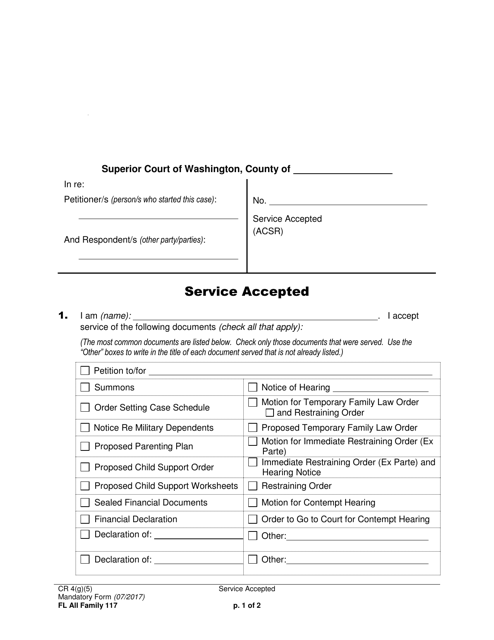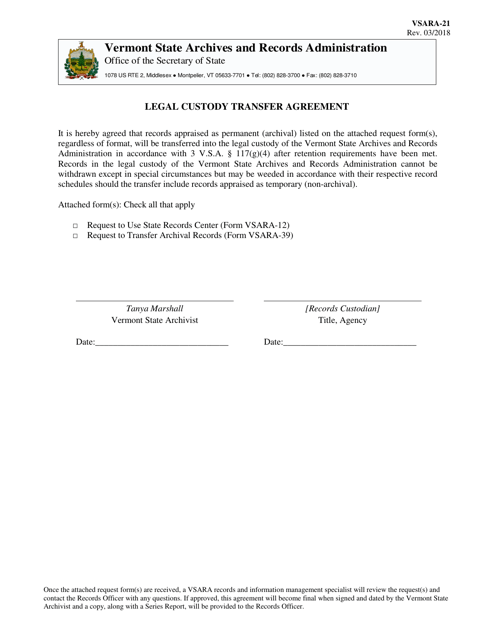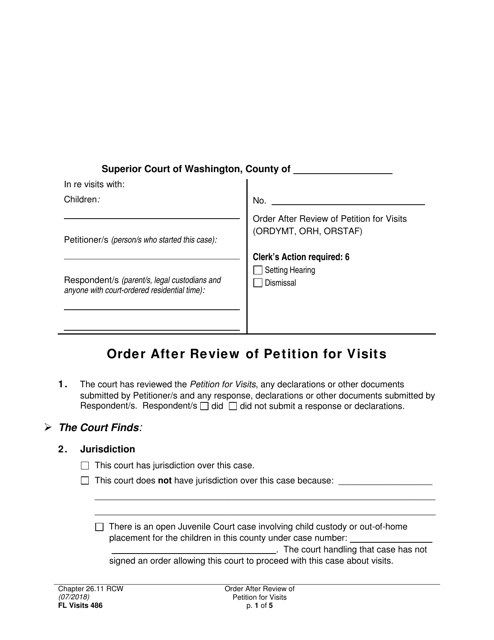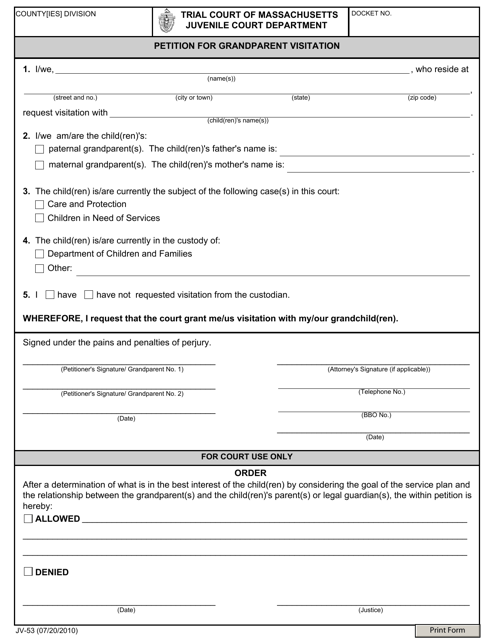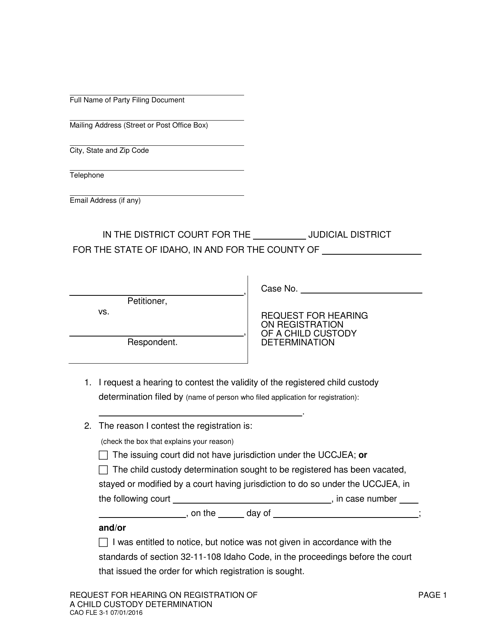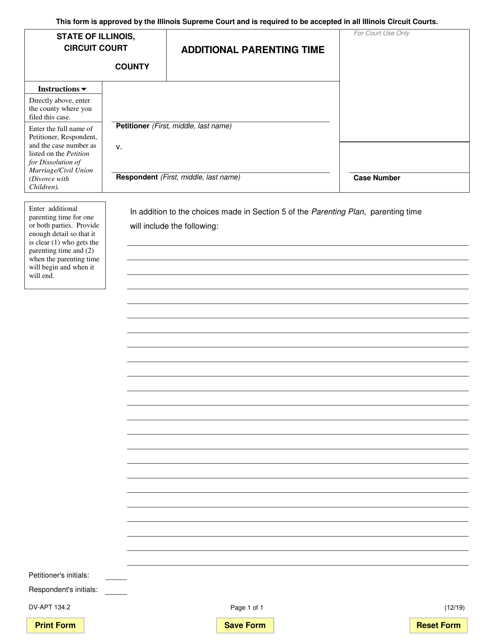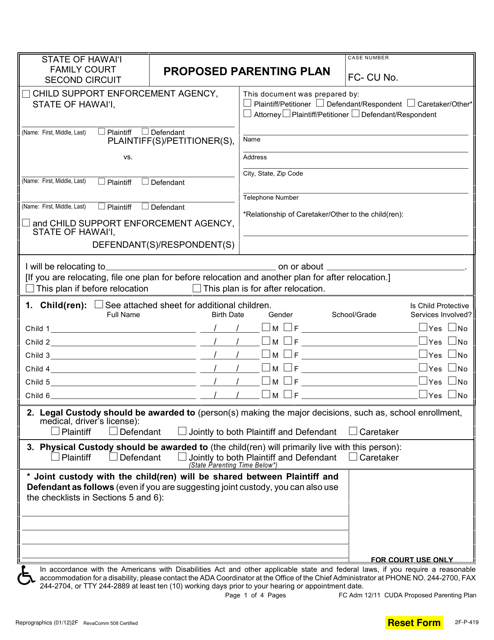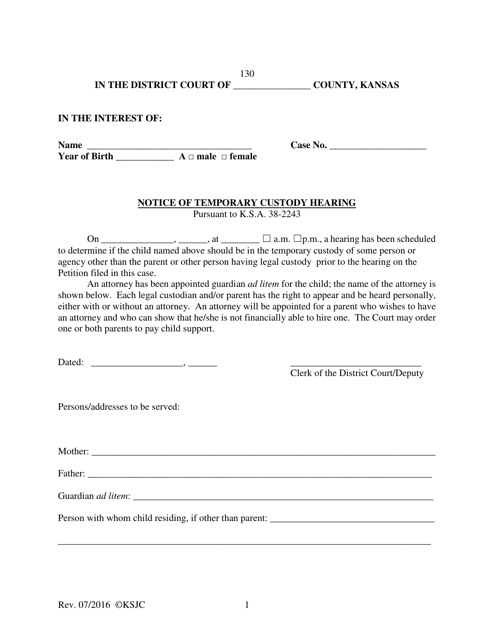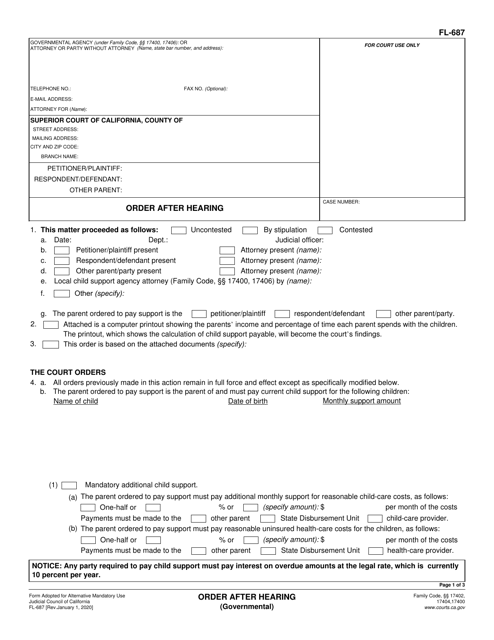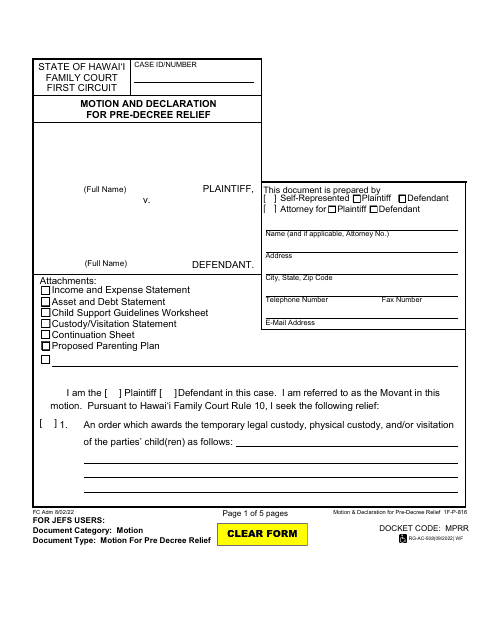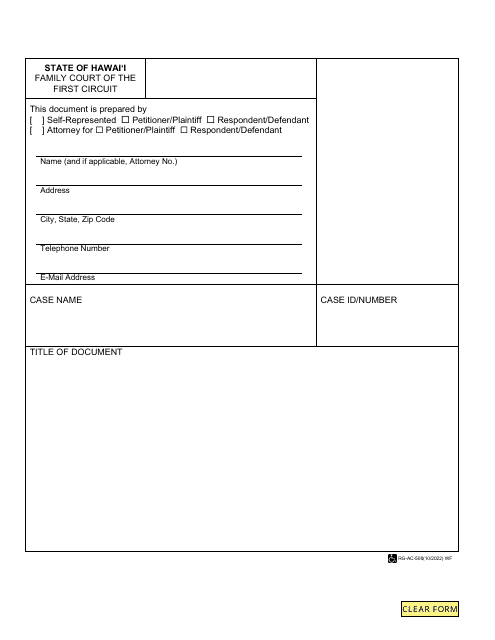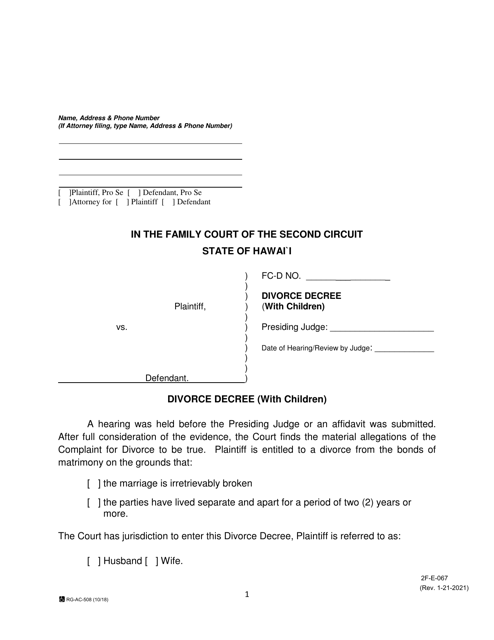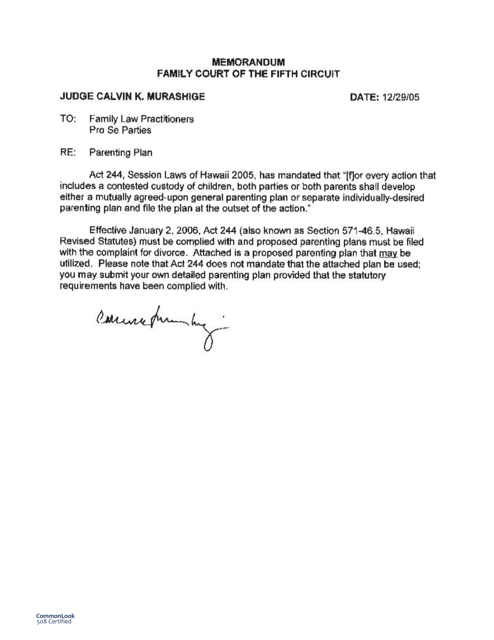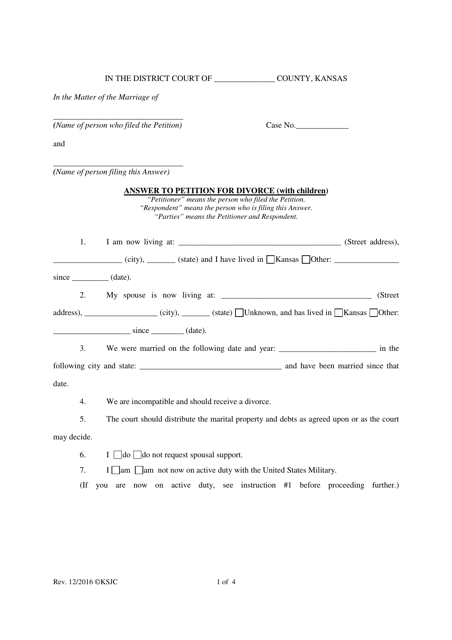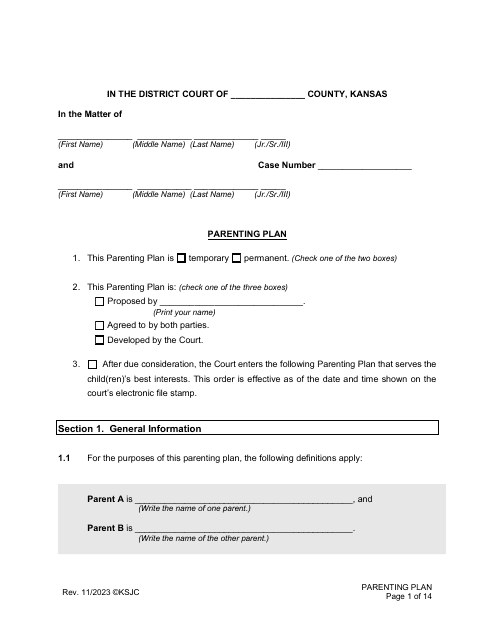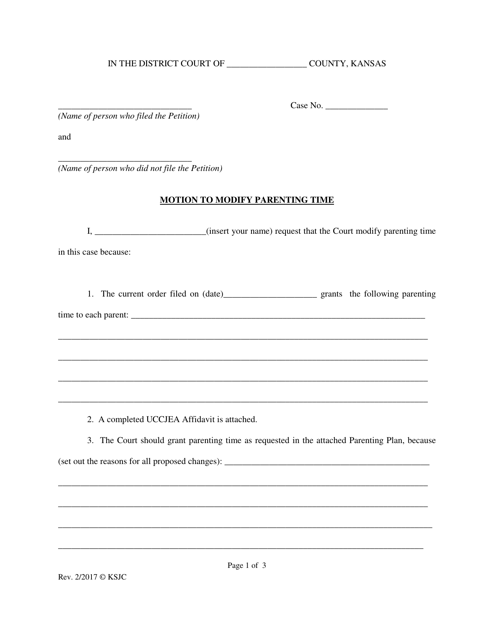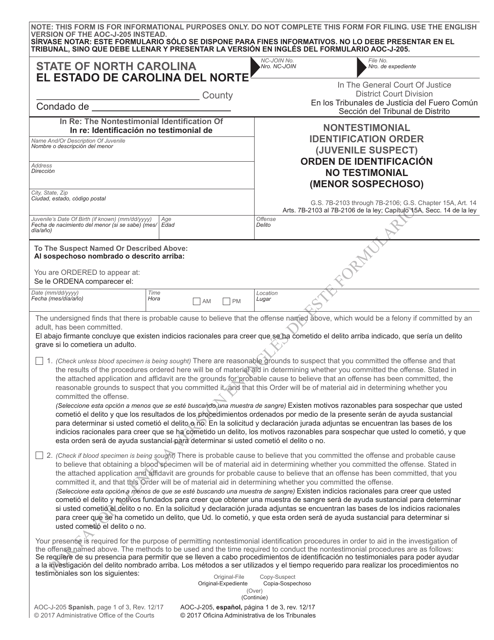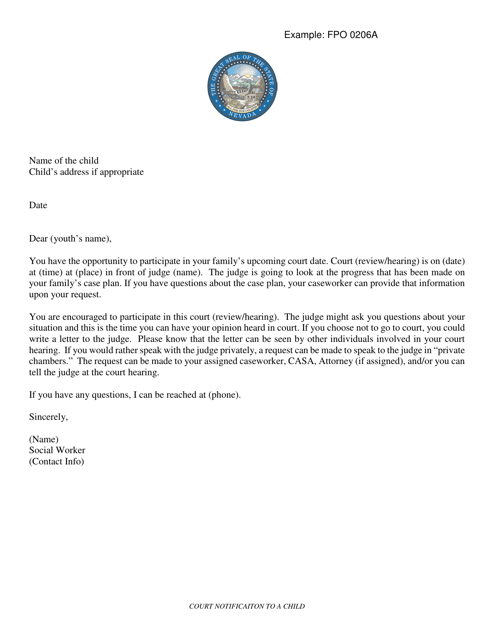Visitation Rights Templates
Documents:
196
This form is used to issue a bench warrant related to visitation matters in Nebraska.
This document is used for placing an order in British Columbia, Canada using the PCFR Form 26 (PFA700).
This document is for parents living in the City of Richmond, British Columbia, Canada, who are requesting an exemption from the Parenting After Separation program.
This document is used for requesting an exemption from the parenting after separation program in the City of Vernon, British Columbia, Canada.
This form is used for requesting an exemption from the Parenting After Separation program in the City of Penticton, British Columbia, Canada.
This form is used for obtaining court approval for a partial parenting agreement in North Carolina.
This document is used for parenting proceeding affidavit in the state of Ohio. It is required for parents involved in child custody or visitation cases to provide information about their relationship with the child.
This document provides instructions for creating a medium to long distance parenting plan in the state of Oregon. It helps parents who live far apart establish a plan for sharing custody and visitation with their children.
This Form is used for noncustodial parents in Washington to understand their rights and responsibilities. It is available in Vietnamese.
This form is used for requesting family services in Washington.
This form is used for transferring legal custody in Vermont. It is an agreement between the parties involved in custody transfer.
This form is used for ordering visitation rights after reviewing a petition for visitation in the state of Washington.
This Form is used for Noncustodial Parent's Rights and Responsibilities in Washington for Kirundi speakers.
This form is used for noncustodial parents in Washington to understand and acknowledge their rights and responsibilities. It is available in Tagalog.
This Form is used for grandparents in Massachusetts to file a petition for visitation rights with their grandchildren.
This form is used for requesting a hearing to challenge the registration of a child custody determination in Idaho.
This form is used for requesting additional parenting time in Illinois.
This Form is used for creating a proposed parenting plan in Hawaii. It outlines the arrangement for child custody and visitation between parents.
This form is used for notifying parties involved in a temporary custody hearing in Kansas. It provides information about the hearing and must be filed with the court.
This document provides instructions for responding to a divorce proceeding in Kansas when children are involved. It outlines the steps to take and the information required.
This Form is used for ordering decisions made by the court in a governmental case in the state of California.
This Form is used for filing a custody/visitation statement in the state of Hawaii. It is used to provide information about the custody and visitation arrangements for a child.
This Form is used for creating a parenting plan in the state of Hawaii. It helps separated or divorced parents outline their agreement regarding child custody, visitation schedule, and other important parental responsibilities.
This type of document, called a Petition for Divorce, is used in Kansas when a married couple with children wants to initiate the legal process of ending their marriage.
This document is used in Kansas to request a change to the schedule of parenting time between parents. It allows one parent to ask the court to modify the existing parenting plan.
This Form is used for filing a motion to change custody in the state of Minnesota. It provides instructions on how to complete the form and what steps to take in the process.
This form is used for obtaining an identification order for a juvenile suspect in North Carolina. It is available in both English and Spanish.
This form is used for obtaining a custody order in the state of Queensland, Australia. It outlines the details of custody arrangements for a child or children involved in a legal dispute.
This document is a court notification specifically for children in the state of Nevada. It provides important information regarding relevant legal matters that may impact the child's interests or welfare.
This form is used for requesting an order for supervised visitation in the state of Hawaii. It helps to ensure the safety and well-being of a child during visitations with a parent or guardian.





